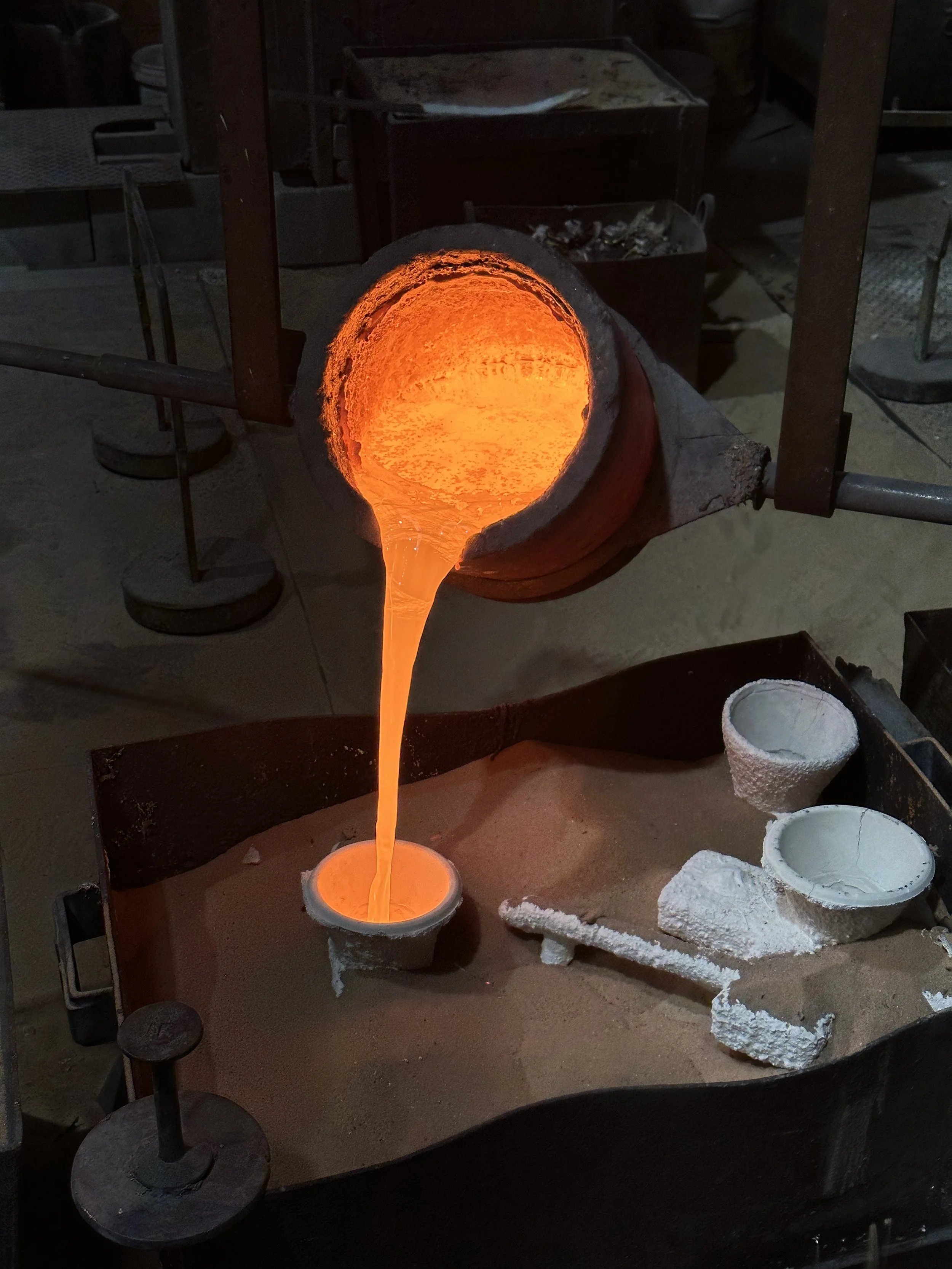
sydney’s newest investment casting foundry
Our Services

Our Services
Interested in making one of your artworks in bronze, or casting an existing sculpture in bronze
Have an idea you’ve always wanted to try, maybe its a handle or a new product…
Interested in producing repeat castings, maybe you have existing tooling from another foundry or want to produce your pieces locally.
Want to commemorate someone or something special, your business or a building.





